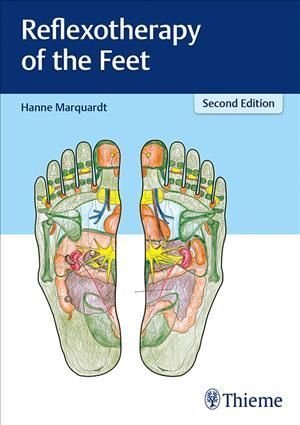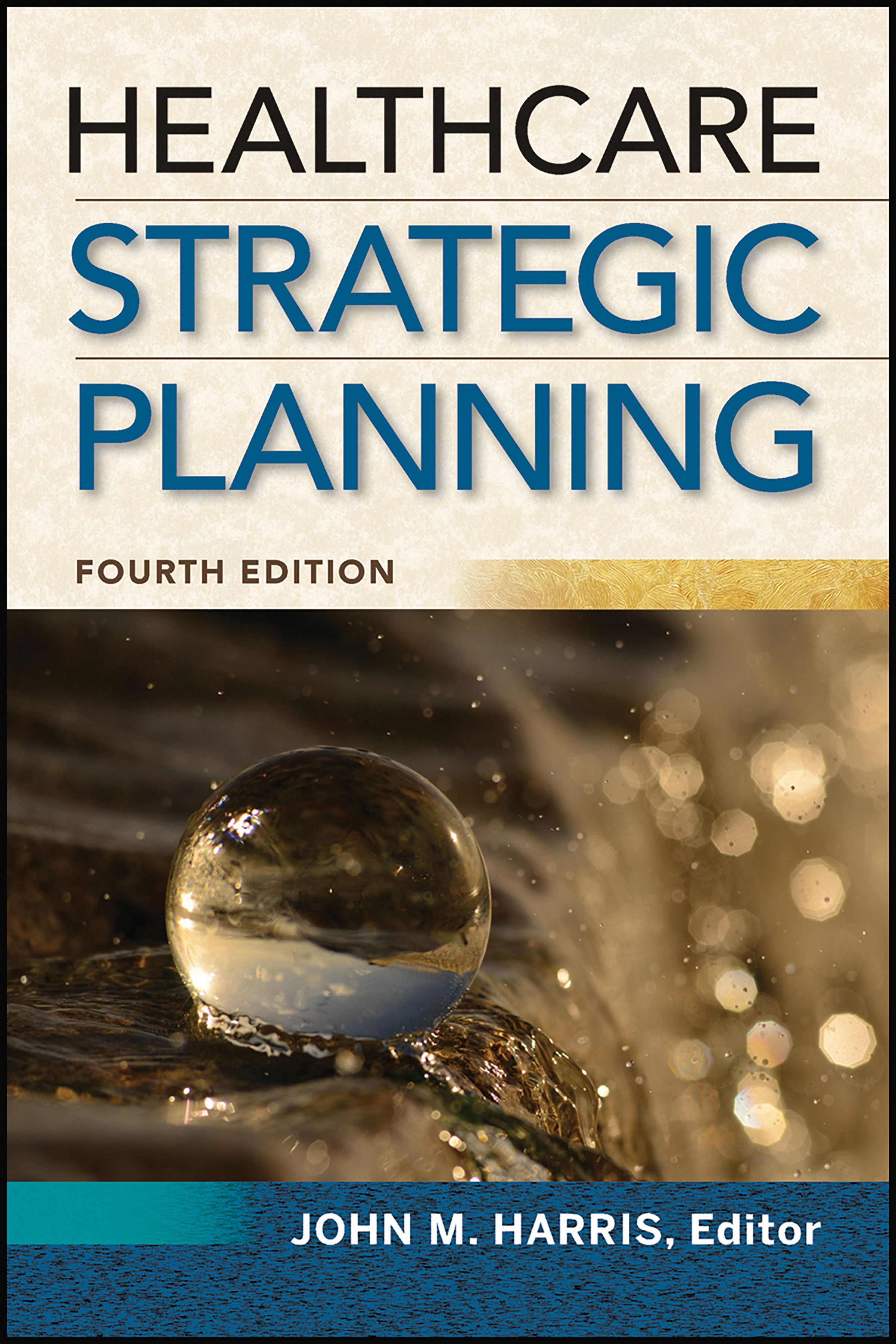Resources for rehabilitation specialists tend to follow a straight line: injury-disability-limitation-intervention. The International Handbook of Occupational Therapy Interventions breaks with this tradition, organized by type of intervention (based on recommendations in the International Classification of Functioning) rather than disability, medical condition, or level of impairment. This innovative, user-friendly system identifies candidates for particular interventions in terms of the range of syndromes and illnesses they are applicable to, encouraging critical thinking, problem solving, and best practice. The book’s wide spectrum of interventions coupled with its international perspective creates a unique source of evidence-based strategies for improving patients’ adaptation, functioning, relearning, recovery, and the prevention of ill health. The Handbook: Describes interventions in such areas as environmental accessibility, ergonomics, pain management, sensory functional training, electric prostheses, music therapy, psychoeducation, and cognitive teaching. Features interventions suited to all areas of daily life: self maintenance, home, work, and leisure. Clarifies the occupational therapist’s role in multidisciplinary care. Includes material on accident/illness prevention and health promotion strategies. Supplies reference lists of studies regarding the clinical efficacy of interventions. Demonstrates the use of a common technical language for the field. Occupational and physical therapists, rehabilitation nurses and technicians, physiatrists, and health psychologists will find the International Handbook of Occupational Therapy Interventions a source of practice-enhancing tools and ideas. Its clarity of presentation makes it highly useful to readers in related fields (such as insurance case workers and ergonomic architects and engineers) as well.












